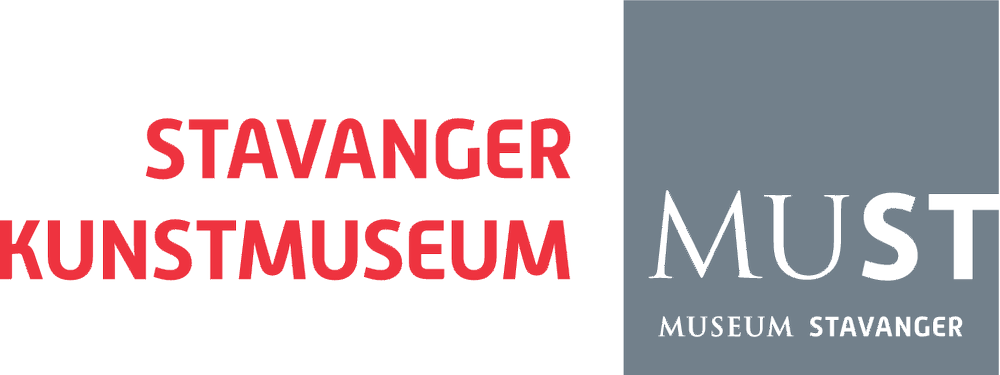Emma Ilija Wyller
Born 1987, New York. Lives and works in Bergen and Oslo.
Even though Emma Ilija Wyller’s artistic practice centres on painterly research questions, she chooses not to pursue the traditional format of paint on canvas and instead explores unconventional materials. In the artworld, an interest in the materiality of abstract expressions has become more apparent in recent years; it breaks with the formalism of media-specific Modernism and is expressed through explorations of a more contemporary kind of materiality. The immediate visual appeal of Wyller’s works can bring to mind Modernism’s reductive forms – for instance monochrome painting – but her works are not made with paint. She uses materials such as cocoa, spirulina and milk. The exhibition NN-A NN-A NN-A includes a series of works made with milk on wood. In Milk over Pine, two veneer panels are combined at an angle that diverges from the traditional surface of paintings, thus illustrating Wyller’s interest in hybrids of painting and sculpture. The milk-treated wood has a delicate, white-glazed appearance highlighting the wood’s structure whilst enveloping it in a seductive whiteness. It causes us to think of the interior design-world’s predilection for white-glazed ‘authentic’ Nordic wood floors. Wyller draws a parallel between the use of milk as an older painting technique and our everyday consumption of the same product – specifically, how we relate to milk as a raw material for consumption and not as a medium for artistic endeavour. Wyller is interested in this type of overlapping in history, plus the ambiguity of using such materials.
Untitled (2014) consists of two marble panels with engraved lines filled with gold-leaf. Marble as an artistic material has a history dating back to Antiquity’s Greek and Roman sculptures. In Untitled, this traditional sculptural material is the surface for what look like spontaneous and expressive abstract lines. The mounting of the panels on a wall-shelf also gives the work a hybrid identity situated somewhere between sculpture and painting or drawing. Wyller has appropriated the apparently non-referential lines from the compositions of two paintings of St. Peter’s crucifixion, one by Caravaggio from 1601 and one by Guido Reni from 1604-05. Reni and Caravaggio’s complex and dramatic compositions are reduced to their most fundamental lines, appearing in Wyller’s work as abstract gestures. The reference to the lines’ origin in the old-master paintings is not obvious in the contemporary work, but seems to have informed the artist’s choice of using marble and gold leaf – materials that point to the Baroque era through their association with a type of excess that can perhaps also be sensed today. Marble and gold are used extensively in design and interior décor right now. After being considered an outdated material, marble has enjoyed a renaissance as an attractive, acutely trend-sensitive and contemporary material. In Wyller’s work, the lavish, outdated and kitschy associations of marble and gold are abstracted into a contemporary material result.
Wyller’s work within an abstract visual language is marked by an attitude towards paradigms that is informed by the French social scientist Bruno Latour, namely, that paradigms are spiral-shaped rather than linear. This establishes the basis for an understanding of the past as something that can never be left behind or ignored. Quite the contrary, the past is repeated, re-evaluated and reinterpreted. Furthermore, the elements we perceive as historical (e.g., the monochrome painting or marble) can also be contemporary, and vice versa. In her artistic practice, Wyller seeks to combine these kinds of elements that are both historical and contemporary. This synthesis is well-represented in her works: they retain the historical implications of the monochrome form and the marble material, while at the same time appearing as strikingly contemporary.
Text by: Therese Möllenhoff




